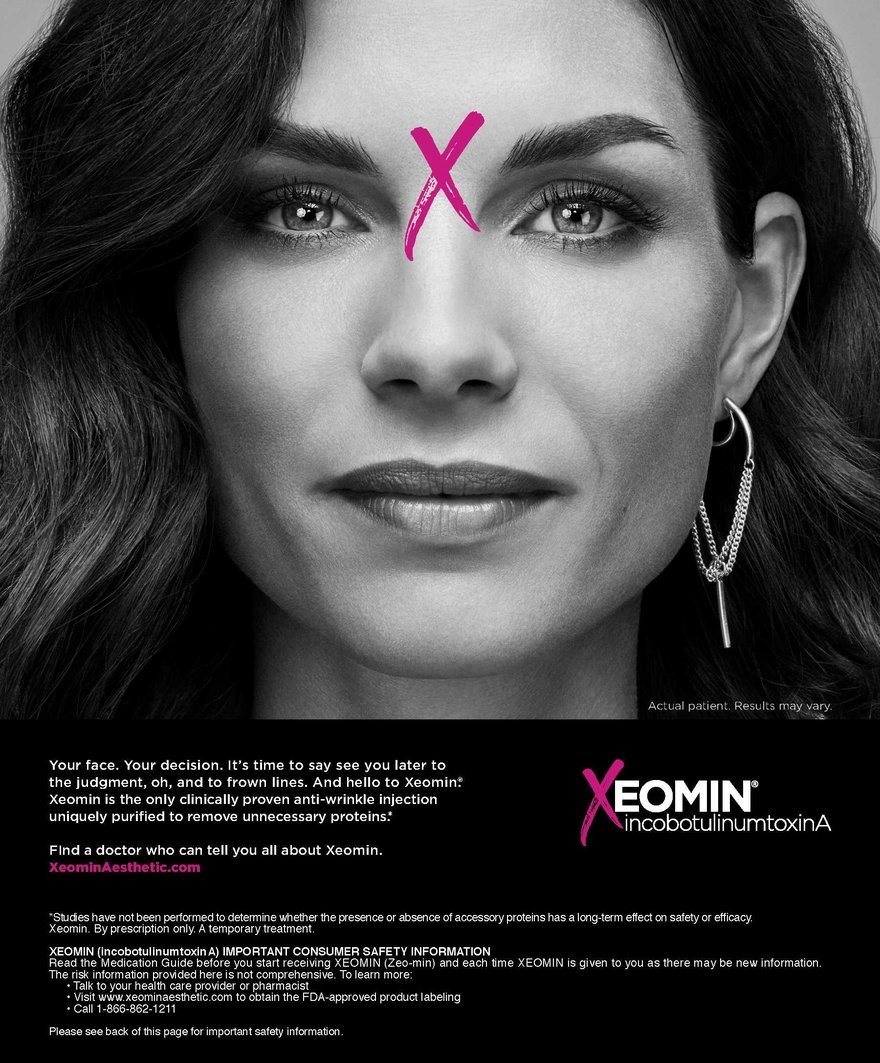Merz, going for a strong customer focus, recently did something many of its pharma peers have done over the last few years: split into distinct operating businesses.

The aesthetics unit, now called Merz Aesthetics, is the largest of the three, beating out consumer care and therapeutics. It’s also the biggest company in the world dedicated solely to medical aesthetics; that distinction puts it ahead of rivals Allergan and Galderma, which have bigger market shares in medical aesthetics but also produce and market products in other therapy areas.
Part of the reason for the Merz realignment was that growth in each of the divisions warranted size and scale as standalone businesses. But the move was also meant to allow each business to better focus on the needs of its different customer bases, Merz Aesthetics global CEO Bob Rhatigan said.
RELATED: Botox rivals are looming. That’s why its new ads urge women—and men—to insist on the brand
Rhatigan, who had been CEO of Merz Americas, noted that Merz’s two chief competitors are also currently busy with corporate changes—Allergan selling itself to AbbVie and Galderma uncouplingfrom Nestlé.
All three Merz businesses will operate under the larger Merz umbrella, but they will function as three separate companies globally with three different management teams and reporting mechanisms. Each business will also now have its own research and development teams, he said.
Merz Aesthetics will house neurotoxin brand Xeomin, injectable dermal fillers Radiesse and Belotero, as well as ultrasound skin lift Ultherapy and cellulite treatment Cellfina. Merz Consumer Care, which operates primarily in Germany, includes OTC brands such as etesept and Merz Spezial, while Merz Therapeutics will focus on the use of Xeomin’s indication for movement disorders.
RELATED: X marks the spot: Merz rolls new Xeomin brand push, awareness effort targeting ‘Xennials’
Merz Aesthetics will continue its current DTC advertising and marketing push to reach healthcare professionals and consumers. Its “Later Haters” campaign debuted a year ago to target “Xennials,” identified as the cohort between Gen X and millennials, with a destigmatizing message around injectables and “beauty on your own terms.”
“This market responds very well to emotional insights, so the more that we can lead with emotional insights versus the product and have the product support the insights, the better. We’ll continue to evolve and lead the marketing thinking in those efforts,” Rhatigan said.
